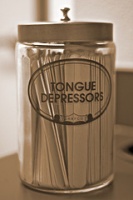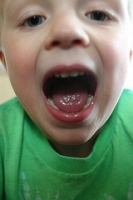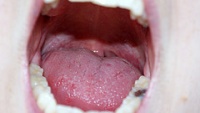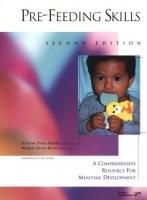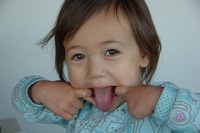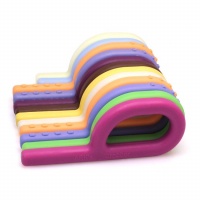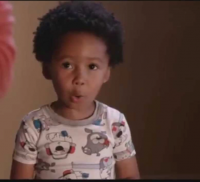
Q: My 19-month-old cannot produce O. She is smart and has no other speech or developmental problems, but it interferes with intelligibility. My guess is that your daughter will learn to round her lips within a few weeks or months all on her own without any help. She is only one year old and has lots of time to gain this simple skill. If you were to come to my office about this, and this was the only problem, I…


